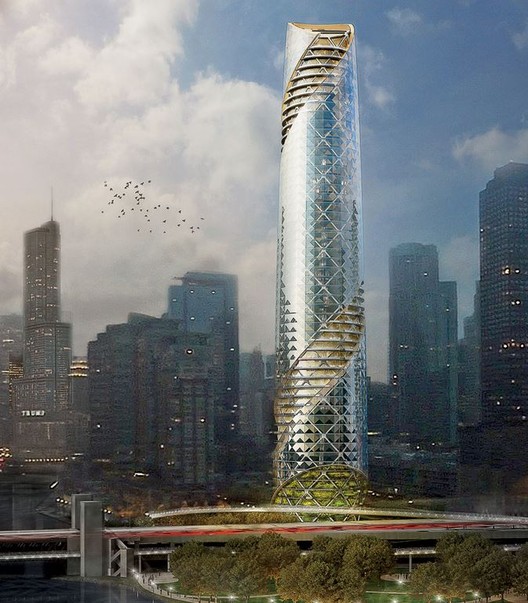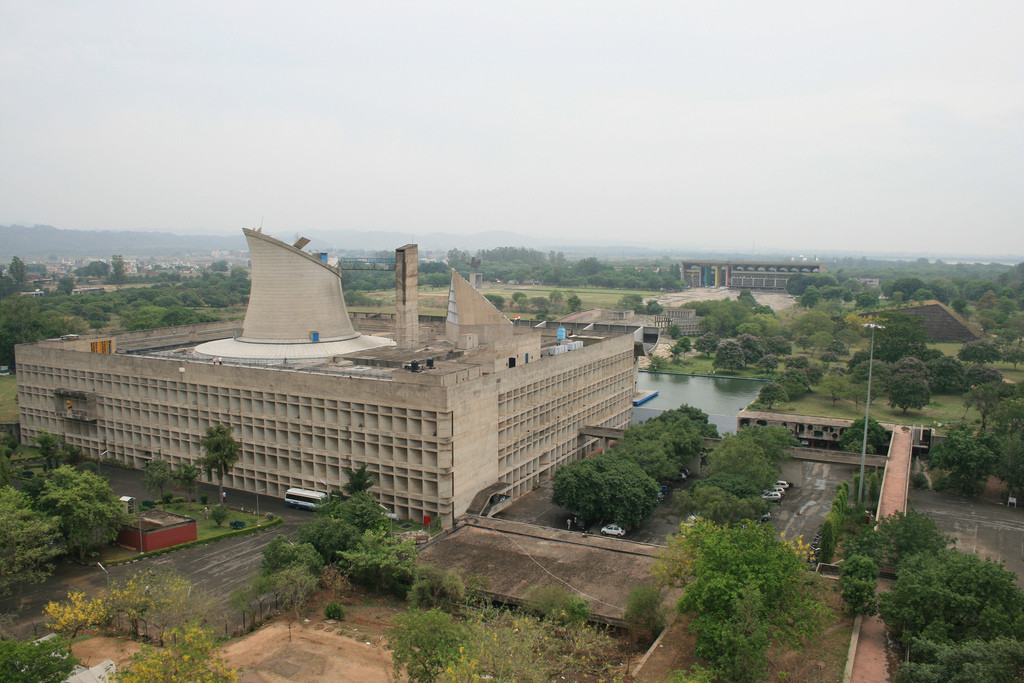.jpg?1427753710)
From 480 submitted projects from around the world, three winners and 15 honorable mentions have emerged at the top of eVolo’s 2015 Skyscraper Competition. Recognizing innovative highrise designs of the future, the competition emphasizes the role of technology, material, spatial organization, and their combined contribution to the natural and built environments. This year’s winners showed exceptional promise in adaptive vertical communities, and explored their ideas through imaginative and resourceful means.
Check out the winners and honorable mentions, after the break.





































































